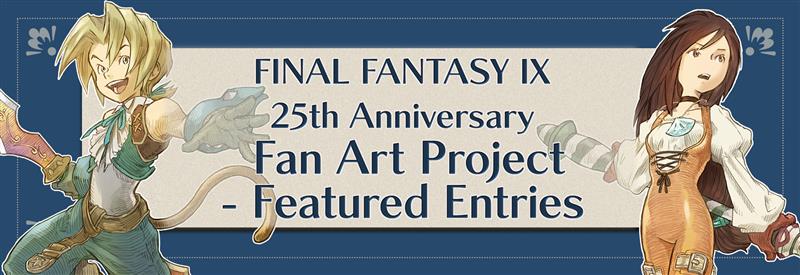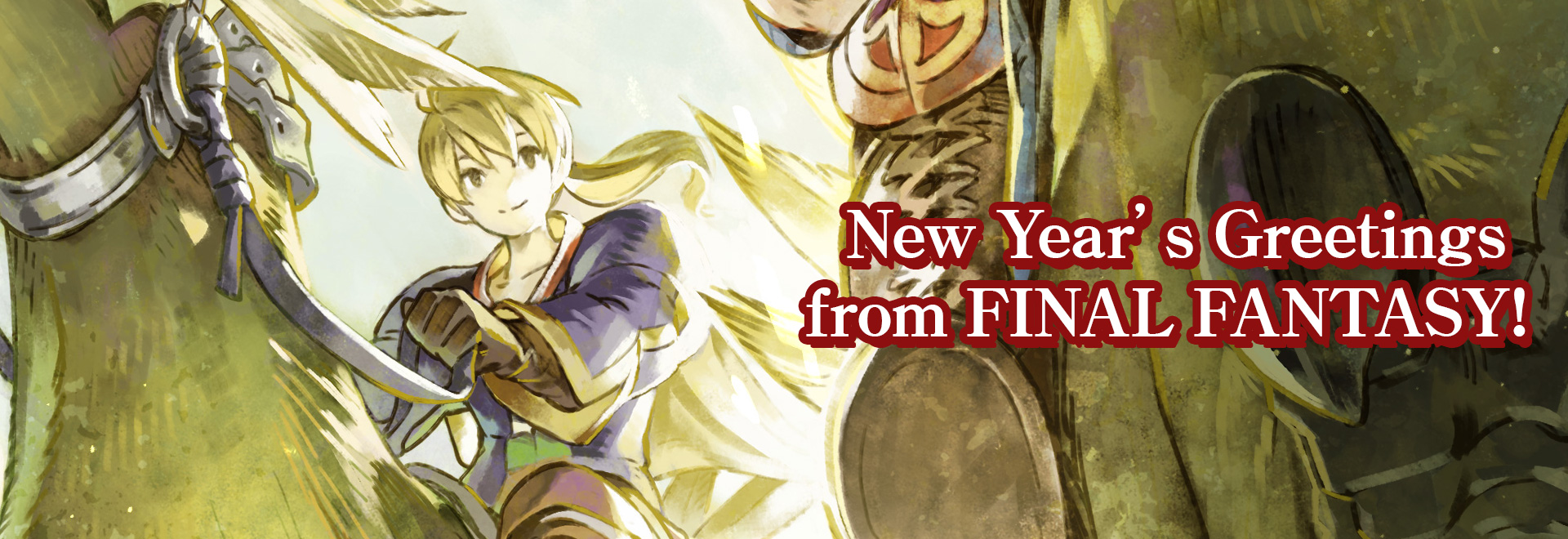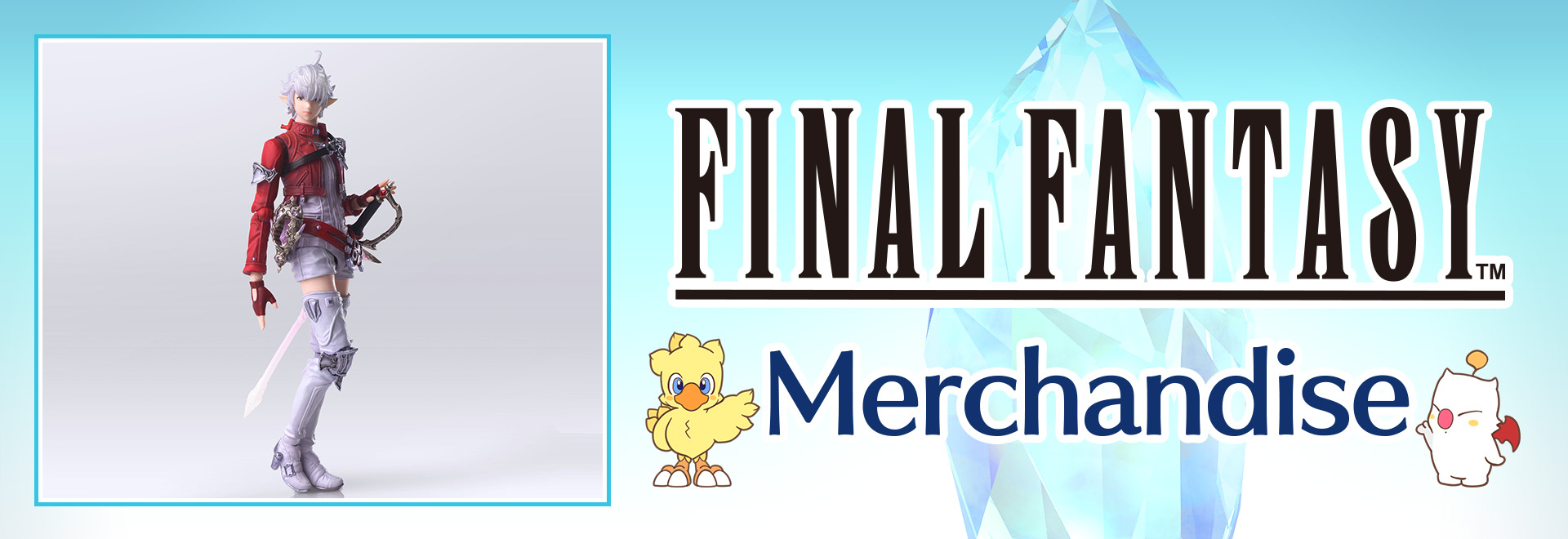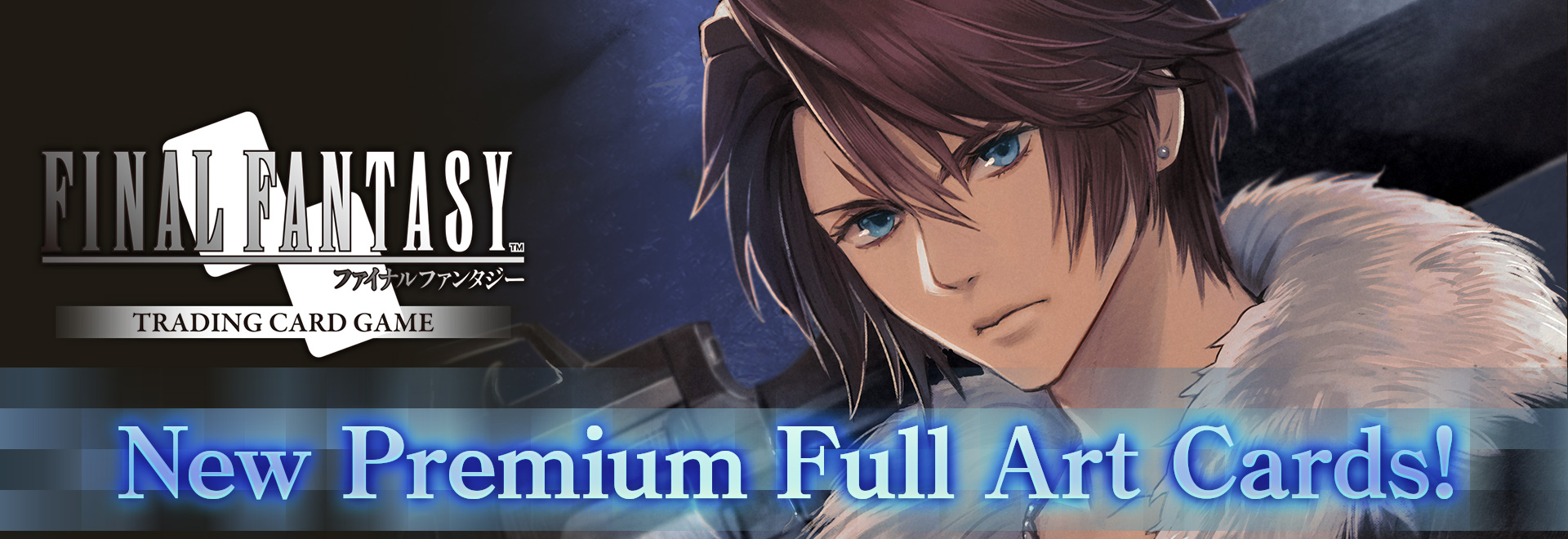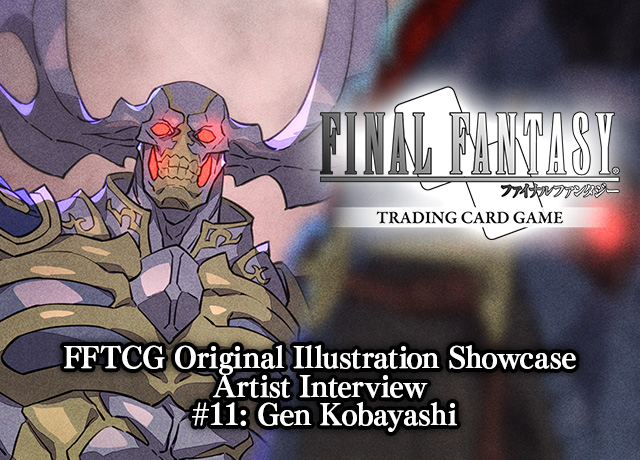
The FINAL FANTASY TRADING CARD GAME is a tabletop trading card game enjoyed by players all around the world, featuring characters and monsters from the FINAL FANTASY series. Some cards are decorated with familiar art, and others with FFTCG-original illustrations!
Interview with Gen Kobayashi, Plus Original Illustrations
We spoke with Gen Kobayashi, who is handling FINAL FANTASY EXPLORERS illustrations for FFTCG, about his new Opus XIII illustrations and more.
Gen Kobayashi
Graphic artist and designer. Supervised design for FINAL FANTASY EXPLORERS, handled character design for The World Ends With You and package illustration for FINAL FANTASY I & II: DAWN OF SOULS as well as summon illustrations and more.
―First, could you please tell us about your work up until now?
Kobayashi: I initially was employed at the Osaka office, where I did character design and promotional art for games like MUSASHI: Samurai Legend and Mario Hoops 3-on-3. There was a specially selected small team working on Mario Hoops 3-on-3 compared to other projects at the time, so I was also involved in UI design and the like, as well as helping with project planning for the game.
Following that, maybe through the connection I built with Tetsuya Nomura while we worked on MUSASHI: Samurai Legend together, I was asked to join The World Ends With You’s team. There I took on various responsibilities including sub-character design and promotional illustrations, as well as drawing images for in-game animations and events. At that time all the other staff for the project were in Tokyo, so I was just drawing by myself in Osaka.
Next, I participated in the character design for both SaGa 2 Hihou Densetsu GODDESS OF DESTINY and SaGa 3 Jikuu no Hasha Shadow or Light [Japan-exclusive Nintendo DS remakes of the second and third titles in the SaGa series, originally released on Nintendo Game Boy as FINAL FANTASY LEGEND II and FINAL FANTASY LEGEND III respectively in English]. After that I had my first experience as art director on MARIO SPORTS MIX, did enemy and UI design for KINGDOM HEARTS titles, handled character design for Schoolgirl Strikers, things like that.
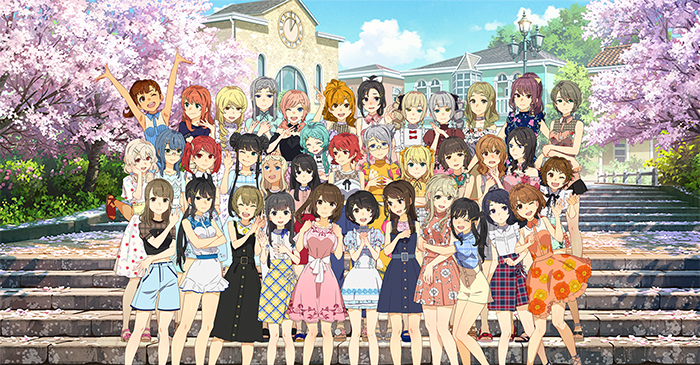
―Schoolgirl Strikers was of a pretty different style from the titles you had worked on before that. How did you end up receiving the offer to do those character designs?
Kobayashi: That actually wasn’t an offer that came to me. It started when some staff from Tokyo happened to be in Osaka for something else, and they shared with me that we had this new title in the works. I wanted to try working on a game that didn’t feel like something SQUARE ENIX would make, so some time after hearing about that I requested to be involved.
―Really! So you asked to participate in that project yourself. I’m sure many people have an image of you illustrating cute girl characters from your work on Schoolgirl Strikers.
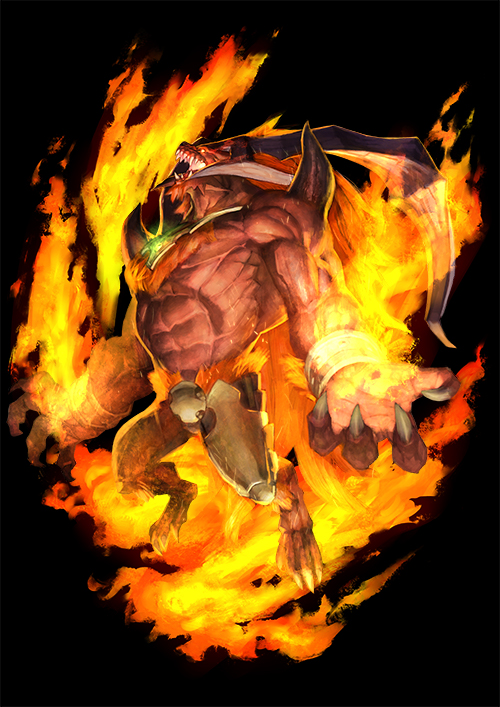
Let’s move on to the FINAL FANTASY EXPLORERS (hereafter FF EXPLORERS) illustrations you did this time for FFTCG. What was your role during the original game’s development?
Kobayashi: I feel like this was once again a pretty unusual case, but at the time my main job was as part of the KINGDOM HEARTS team. There were specific members chosen to work in-house on FF EXPLORERS then, with the main development handled by an outside company. However, I would receive requests to review things created for the game, giving advice or marking off what I felt needed fixed or corrected on design proposals. Basically, I’d confirm things like whether the designs conveyed the game’s unique features in an easy-to-understand way. I don’t believe there were any designs I created from the ground up myself. I did end up doing illustrations for promotional use through my involvement in the project, though.
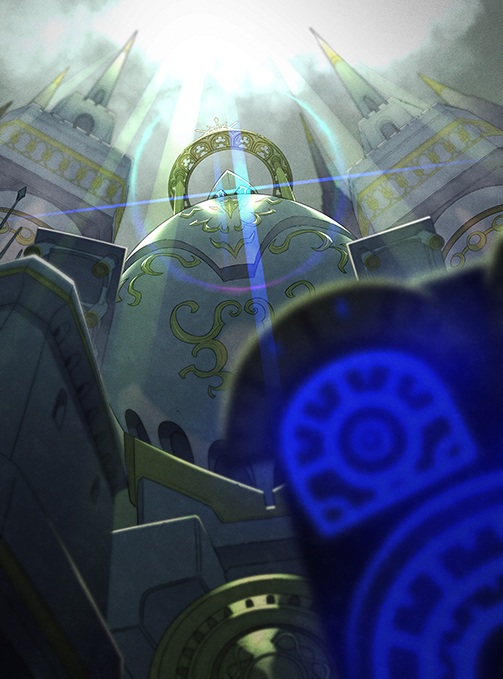
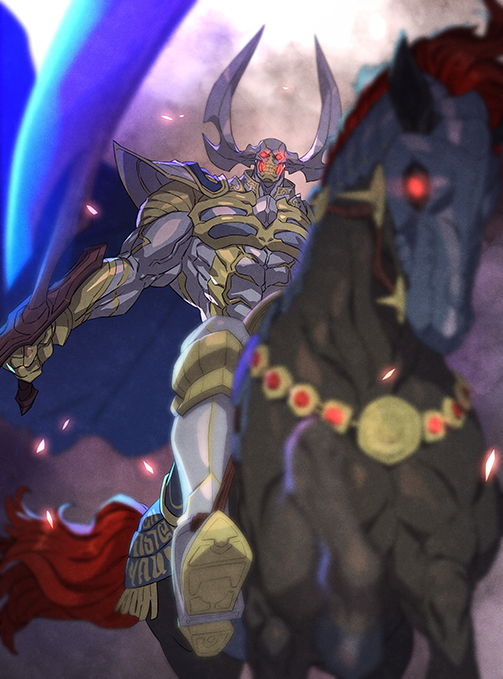
―We’d now like to ask about the FF EXPLORERS eidolon illustrations you did for FFTCG. You’re known for your illustrations of people – did you struggle at all to adjust to drawing these kind of monster-like creatures?
Kobayashi: I do monster design as part of my work as well, so this time there wasn’t anything I was especially unfamiliar with. I enjoy both designing and illustrating monsters. I get many opportunities do illustrations too, but I don’t think very often with a background like this.
―Summons are usually the player’s companions, but in FF EXPLORERS you face off against eidolons as enemies. We get a sense of that from your illustrations – did you have that in mind when drawing these?
Kobayashi: Yes, since all of my illustrations this time are of enemy characters, I tried as much as possible to portray them from the perspective of a player facing off against them. Mr. Matsuyama, who handles FFTCG, was kind enough to say that I could draw however I wanted. I chose the style I’d use in these thinking that, while not really appropriate for an illustration used to promote a game, it works for a card game illustration.
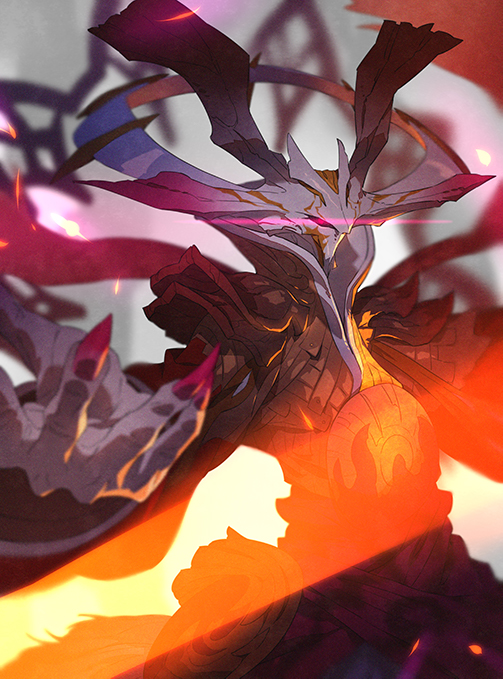
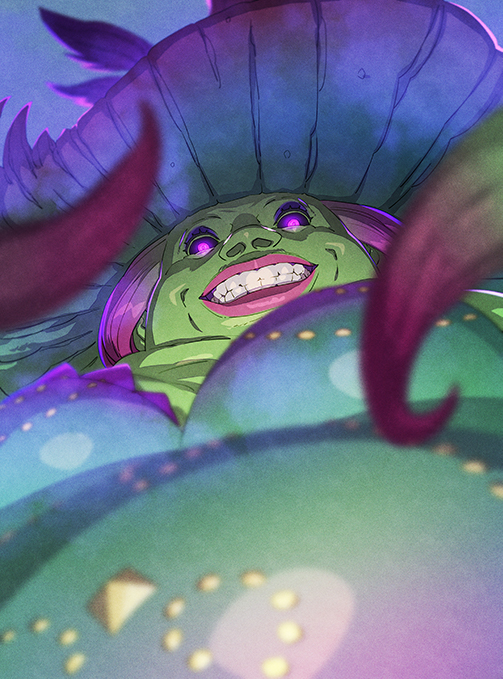
―Eidolons like Amaterasu and Dryad made their first appearance in FF EXPLORERS. Did you supervise their design at all during the original game’s development? And what kind of image were you aiming for when illustrating them this time?
Kobayashi: While FF EXPLORERS was under development, I remember thinking how unusual the summon designs were. I heard that during Dryad’s design deciding how she’d look took some trial and error, but watching the process I was impressed by how unique of a summon she ended up being. About my new illustration of Dryad, she was actually an impressive character in the game, attacking with her tentacles, but you only got to look at her from far away. Considering that, I tried to imagine what it would be like if you really go to face off against her up close. To really pull out her personality, I focused on her unusual expression. You can tell she feels like she’s still got the upper hand, as if she’s teasing or harassing the player. [laughs]
―In your interview in the FFTCG art book, you said you wanted people to focus on the “effects” used in your illustrations this time. Can you tell us exactly what kind of effects are at use here?
Kobayashi: I used what’s called “depth of field” to give a sense of perspective and distance to the composition. If you look at Dryad’s illustration, her tentacle seems to be extending forward toward you, and her body is also blurred. That’s a technique I’ve used in all of these illustrations.
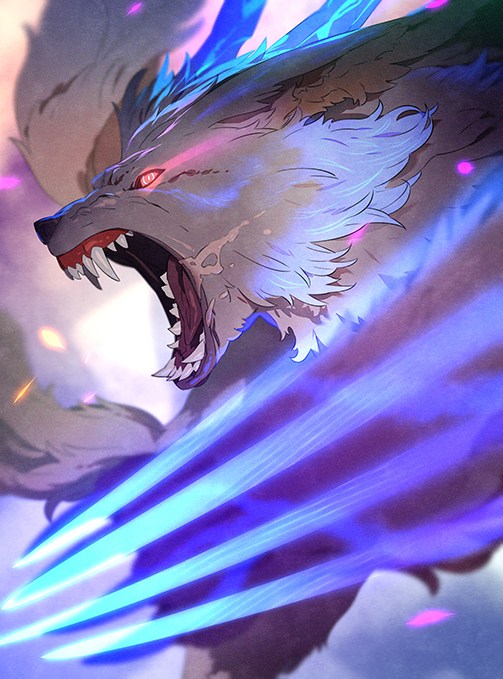
I’ve given cards like Fenrir a sense of movement using motion blur. You can also see another technique I’ve employed across the board here where I utilize light expression to give some liveliness to the image.
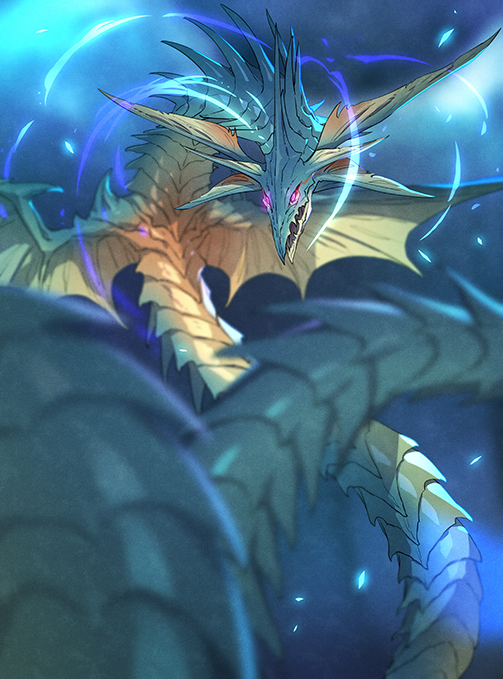
For Leviathan as well, I’ve portrayed it with its body weaving around itself in layers to give a sense of depth. I’ve also used effects to bestow a sense of motion – rather than a simple photo-like image, it’s more like a capture of a motion scene, where you can feel what the movement would be like before and after this particular shot was taken.
―I see! You’ve really made good use of effects in these. According to the person in charge of FFTCG, depth of field is a technique that had yet to be used in any cards and gives these a really unique feel.
Kobayashi: Indeed, when I presented my rough sketches, I was asked to really utilize this “captured motion” feeling that comes from the use of depth of field. I’d say I ended up using these effects because I wanted to find something that would make these illustrations stand out. There have already been so many illustrations for FFTCG, so I drew these hoping to differentiate them from all the other cards that have come before. It was my hope that I could maintain my usual anime style but also find some other not-so-common elements to include.
―I really felt that these illustrations took a different approach from those I’ve encountered so far the first time I saw your Amaterasu! It’s interesting that you had purposefully aimed for that. Was there anything about drawing for FFTCG that felt different from other work you’ve done?
Kobayashi: I had never experienced my own illustrations being used in a setting where they’re lined up alongside those of other people, so that was pretty different. In that sense I definitely felt some pressure or nervousness – you’ve got to be on top of your game when your work is going to be a part of something like that. My desire to make these stand out was also because I kept in mind while drawing that this is a game in which illustrations from many people are all used together. I wanted players to be able to enjoy my illustrations as part of the game, but also include my own original style.
You can also see how each illustration has parts that are visible or hidden when the card descriptions are laid over it. Because of that I made sure not only that the illustrations still feel complete when the text and windows are laid over them, but also that there are elements which can be seen if the hidden parts are shown.
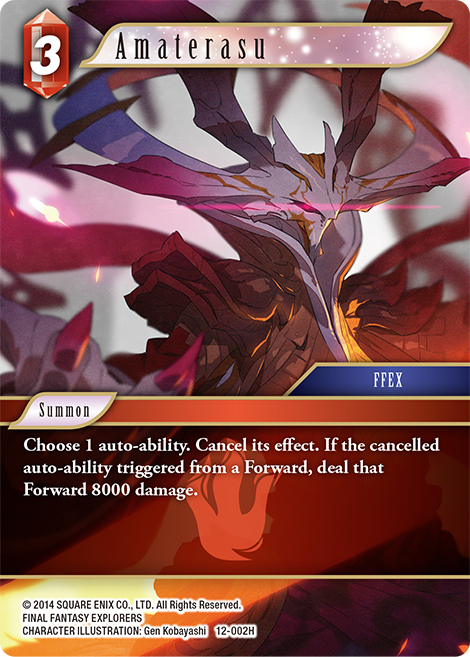
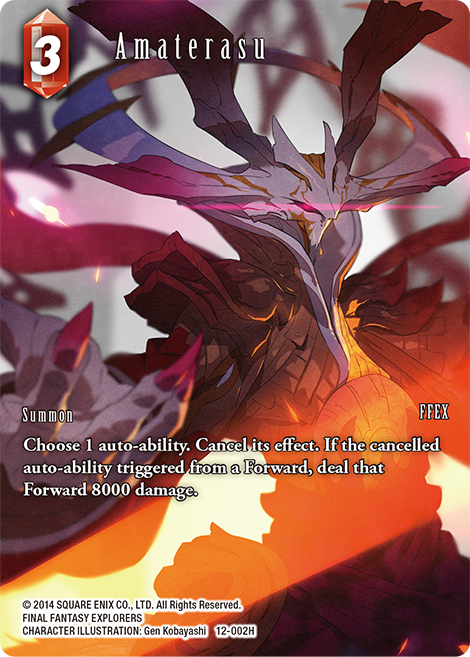
―The impression you get from these illustrations does indeed change quite a bit when you look at the full art cards! By the way, in what order did you do these illustrations? And about how long does it take to finish one of them?
Kobayashi: For one illustration, I’d say it takes about three to four days once the rough sketch is finished. I didn’t get the request for all of these at once, but when I do get that kind of order, I’ll draw everything side-by-side. Even between images for the same job, I want each one to stand out and to see the overall balance between them. I make sure when adding color to a rough sketch and finishing an illustration that you don’t end up feeling like there’s the same kind of color scheme between pieces. When it comes to how I approach the overall style of an illustration, there are times where I initially sketched something out one way but realize after the fact that I want to change it, at which point I have to decide whether to follow my heart there or give it up. [laughs] This time I held myself back and stuck with the same style across the board.
―Please let us know if there were any parts of illustrating these that were fun or challenging.
Kobayashi: I’ll start with what I enjoyed – it was fun having so much freedom in deciding what angles and poses to use for these illustrations. The option to do things that aren’t really possible when illustrating for a digital game was nice. The characters themselves were also not the kind I usually work with, which made these a pleasure to draw.
As for what I struggled with, it’s been a while since FF EXPLORERS’ development so I had to reconfirm the details of the characters’ designs, and I did some thinking about how to organize each image so it would look good as a card. Honestly, though, I wouldn’t say those were especially big issues, so even including those it was a fun process.
―Do you have a favorite of illustration out of the six you did this time?
Kobayashi: I suppose that would be Fenrir, which I believe I drew first. It sticks with me how I experimented while drawing him to figure out how much I wanted to portray movement and so on. I’m also fond of the final illustration.
―This doesn’t just pertain to your work with FFTCG, but what do you consider to be important when drawing an illustration?
Kobayashi: Overall I try to keep in mind how much you can feel expressions and feelings in an illustration, the ease with which the story before and after an image can be imagined, and a sense of motion and flow of time. I also choose where I want the focal point of an image to be when drawing. These illustrations might be my most clearly defined work yet.
―It’s hard to say whether that approach is the reason, but your work definitely maintains both the style of SQUARE ENIX and your own aesthetic sense.
Kobayashi: When I was in Osaka there was a lot of value placed on speed. Or I suppose what I mean to say is, compared to Tokyo and especially within FF teams where it’s all about taking a lot of time and creating something of high quality, my time in Osaka was more focused on speed and variety; just working fast-paced and fun, creating a lot of different things. For me that was how things were done, so I feel a difference there. As I’ve said many times, I try to do illustrations that feel like they’re in motion, and from that I have an interest in animation. I also supervised the anime The World Ends with You The Animation, which starts airing in April in Japan, so I’m very excited for that.
―If there are any characters you’d like to try illustrating for FFTCG in the future, please tell us.
Kobayashi: I didn’t mention this in my work history answering the first question, but I actually drew the package illustrations for FINAL FANTASY I & II: DAWN OF SOULS when I was in Osaka, so I’d like to try illustrating a FINAL FANTASY II character. I’m also personally a fan of FINAL FANTASY IV, so it would be nice to be able to draw the main characters or the Elemental Archfiends from that. FINAL FANTASY IV has both a strong story and characters, so I’ve got fond memories of it. Lydia, Edge, so many good characters. As a side note, I also did the air brush-style illustrations to promote both FINAL FANTASY IV ADVANCE and FINAL FANTASY V ADVANCE.
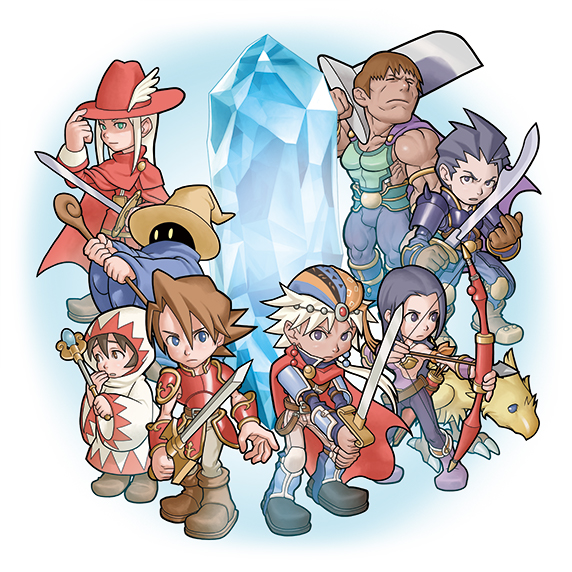
FINAL FANTASY I & II: DAWN OF SOULS Package Illustration
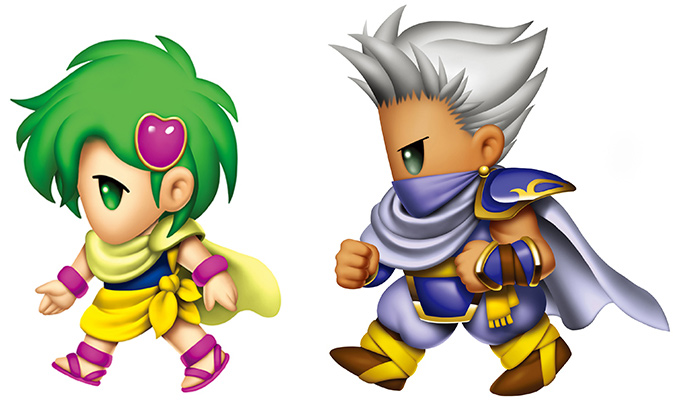
Promotional Illustrations for FINAL FANTASY IV ADVANCE
Also, there’s actually even more I’m working on for FFTCG now beyond the six illustrations featured here. I can’t share any details yet, but please look forward to that!
―Thank you for that exciting information at the end, and for taking the time to answer our questions today!
▼FFTCG Illustration Showcase Interview
#1: Toshitaka Matsuda
#2: Ryoma Ito
#3: Toshiyuki Itahana
#4: Roberto Ferrari
#5: Kumiko Koike
#6: Akira Oguro
#7: Yasuhisa Izumisawa
#8: Akane Saito
#9: Isamu Kamikokuryo
#10: Rubi Asami
Original Artwork Wallpaper
Gen Kobayashi’s original illustration of Odin is now a wallpaper!
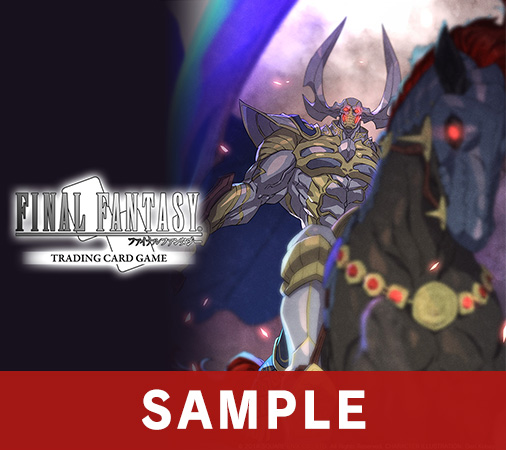
Wallpaper: Original Illustration "Odin"
Valid Until: 5.31.2021 (GMT)
Download the wallpaper on the FF Portal App!
Download the FINAL FANTASY Portal App here!
What is FFTCG?
FFTCG is a one-on-one tactical card game featuring FINAL FANTASY characters and summons. Not only is there fun in collecting cards featuring familiar faces, the main draw of the game is the simplicity of the rules combined with the complexity of the gameplay. The art drawn for the game by famed illustrators is also a popular aspect of FFTCG!
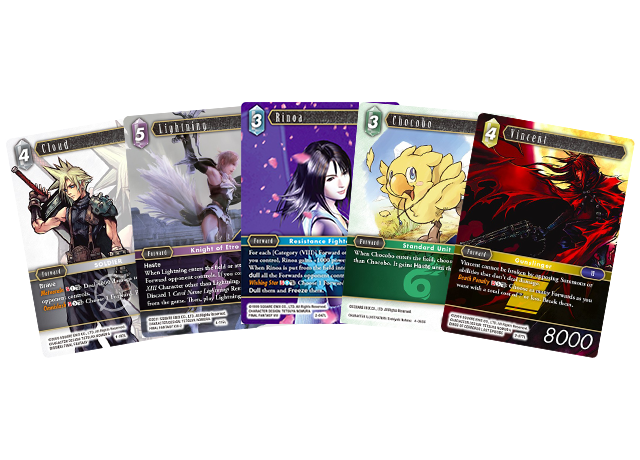
Play the FFTCG tutorial:
https://sqex.to/FinalFantasyTCG


